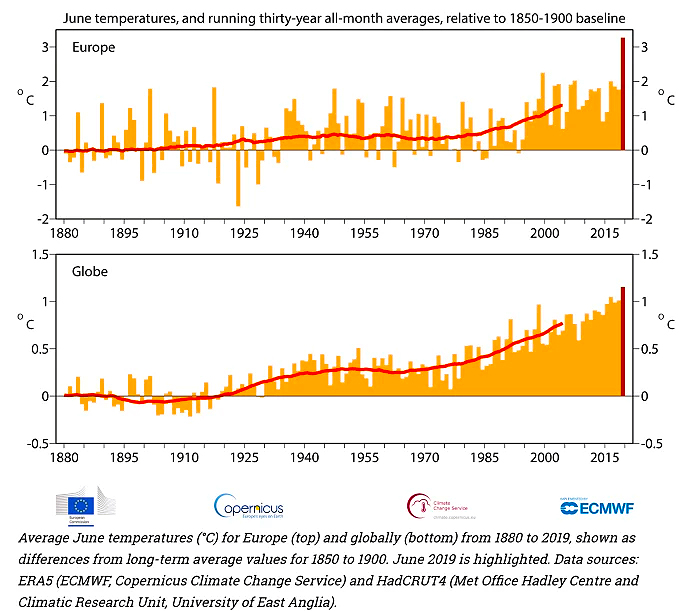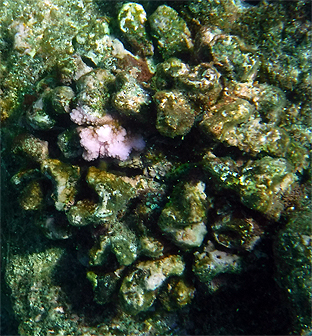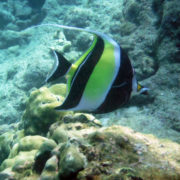Sustainability is Mauō
Sustainability — more than just a word
The Hawaiian word for sustainability is mauō is made up of two basic words; mau, stability, unbroken continuity, and ō, enduring. This new Hawaiian word was coined by the Hawaiian Lexicon Committee in 2016, because previously there was no need for the word mauō as it was a normal part of Hawaiian life.
Sustainability in Hawaii is a term that is bandied about with great relish, and there is no shortage of talk story on the subject. It seems like every governmental agency and non-profit, from the Hawaiian Tourism Authority, to Department of Land and Natural Resources (DLNR), to big name developers like A&B have used this euphemism as a way of supplanting serious public conversations about living in balance with nature, and the essential role it plays beyond resource extraction and consumption.
In the words of political ecologist Paul Hawken, “The dirty secret of environmentalism is that ‘sustainability’ is an insufficient objective.”
In a world overtaken by the certainty of global warming, ‘sustainability,’ even when taken a step beyond lip service, can no longer be taken seriously.
From Alaska to Europe, the world has spent the past few weeks roasting under temperatures never before seen in recorded history. Alaska has hit all-time-high record temperatures according to the National Weather Service.
Meanwhile, hot winds blowing north from the Sahara have been sending temperatures in Europe to soar to record highs.
It was Europe’s record three-degree temperature spike this past week that brought global temperatures to their recorded-history highs.
Hawai’i, like the rest of the world has been overtaken by the certainty of global warming and its consequences.
So when we speak about ‘sustainability,’ even when taken a step beyond lip service, can the meaning and purpose of sustainability continue to be taken seriously?
To Fish or Not to Fish, the Question is Bigger Than That
Six months ago it was widely reported that many reefs in West Hawai’i, previously devastated by a major 2015 bleaching event have stabilized, and as reported at the time was the “first step toward recovery.” Beyond the happy headlines, the same researchers noted that much remains to be done in the region with more frequent and severe bleaching events anticipated in the future – an understatement at best.
Recent observations of the reef system between North Kona and South Kohala indicated that some baby coral recovery sighting from earlier this year are now showing signs of stress and bleaching.
Stabilization is often associated with sustainability, as in things are bad, but relax, they won’t get worse. As if this was a cause for celebration. Perhaps, when 90% of Cauliflower coral, once the state’s most abundant shallow water species, is nearly wiped out during a 2015 bleaching event, and then there still hope that tomorrow will bring recovery. 
“Some bleaching in the environment is considered normal, but it has been happening more and more often,” said NOAA officials who announced last week to update this summer a survey of Hawaii’s ocean floors, which have not been updated since the 1940s.
In the local community there is always hope that Hawaii’s reef system will recover, and soon. But the bland assertions of DLNR (Dept. of Land and Natural Resources) when it relates specifically to this precious and fragile marine environment and resource is another matter when it comes to Hawaii Island’s ‘aquarium trade’ – in effect a for-free business model of reef wildlife collection for profit.
The adopted DLNR lexicon of ‘sustainability’; “sustainable catch”, “sustainable collection”, are the agency’s catchall terms used to define what has become the ultimate defense of disputed harvest numbers and unseen resource extraction practices of Hawaii’s reef fish. All together it has proven to be a meaningless set of terms designed for public consumption, not regulation. It’s no wonder that DLNR’s management policies have proven to be impossible to enforce — perhaps that was their intent all along. All the while the aquarium ‘trade’ operators continue to assure the public and the politicians that they are doing just fine by ‘self-regulating’.
The state could undertake practices to enable sustainability of Hawaii’s reef marine environment, but this will require political leadership so far that has been lacking in the meaningful development of sustainability policies ahead of status quo considerations. Instead, from the Governor, legislators, and county mayors, there is void that needs to be filled and without delay. It is a need for general reform and focus on the preservation and complex restoration of one of the state’s irreplaceable assets, a healthy marine environment throughout Hawaii’s island chain.
For DNLR, such a statewide commitment would easily agency exceed the Agency’s half-measures and incomplete actions that generally translate in limited and isolated fishing moratoriums. Instead, what is required for 21st century environmental challenges of a global magnitude are global solutions, e.g., Paris Climate Accord, Food and Agriculture Organization of the United Nations Committee of Fisheries, International Whaling Commission, and the Intergovernmental Conference (IGC) — the first of a series of four negotiating sessions through 2020 in the development of a new legally-binding treaty to protect marine biodiversity in areas beyond national jurisdiction, commonly known as the high seas.
But local problems require also local action. In the case of the future of Hawaii’s reef system, fishing will eventually be limited or fish losses will solve any on going problems with extinctions.
If restoration measures are to succeed, DLNR will be need to move beyond saving isolated reef spaces, and instead, engage in a holistic conservation and recovery strategy that connects the dots between coral and reef fish. DLNR must also develop an independent and science-based strategy that addresses the multiple stressors of warming temperatures, rising sea levels, sea water acidification, marine food chain disruptions, and focus on addressing the needs of Hawaii’s diverse ecosystems and species.
Merely skirting tipping points to extinction, while invoking the magical word of ‘sustainability’, will no longer cut it. So let’s imagine a new magic word: abundance or as the Hawaiians termed it “’aina monoma”…




Well said, Rob.